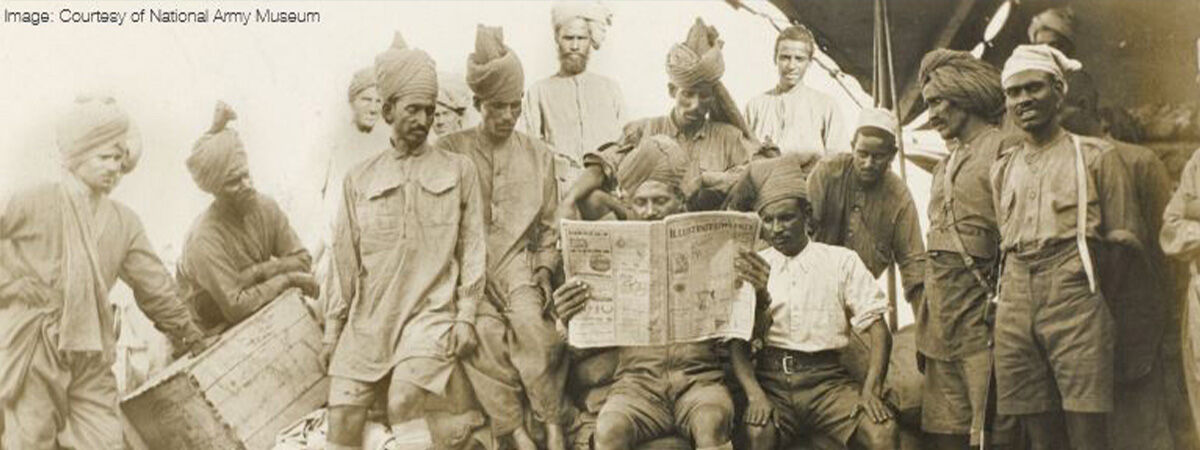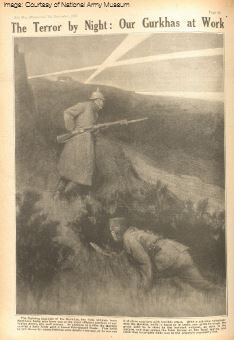Newspapers
Availability of Urdu newspapers

Newspapers were an important source of information for soldiers too. One Indian soldier in Brighton – S.A.S Abdul Said – wrote a letter to his brother (1/11/15) in Jammu, telling him how the newspapers are different in England:
‘Here everything but newspapers and vinegar is expensive. The biggest newspapers cost one anna only, which in India would not cost less than four annas. The reason is that everyone great and small reads the papers. Several papers come out during the day. We get the morning’s news in the morning and the evening’s news in the evening. I get a lot of papers; for in fact several Urdu papers come every week, arranged for by government’.
Muslims in British news

As the war took its full toll, British newspapers began to praise their heroic Muslim soldiers, particularly as German anti-British propaganda was targeting Muslims in particular. Newspapers also began to take interest in the Muslims in the Brighton Pavilion, and their seemingly ‘exotic’ news became a common interest to many. Newspapers took real interest in the Indians in Brighton, publishing many articles about ‘Our Indians’, with the papers selling in significant numbers.[i]
Many publications had interesting headlines and large pictures. Interestingly, the Indian Army was still presented as savage-like in many of the captions, and the word ‘terror’ is used in descriptions. Here are some examples from The War Illustrated.